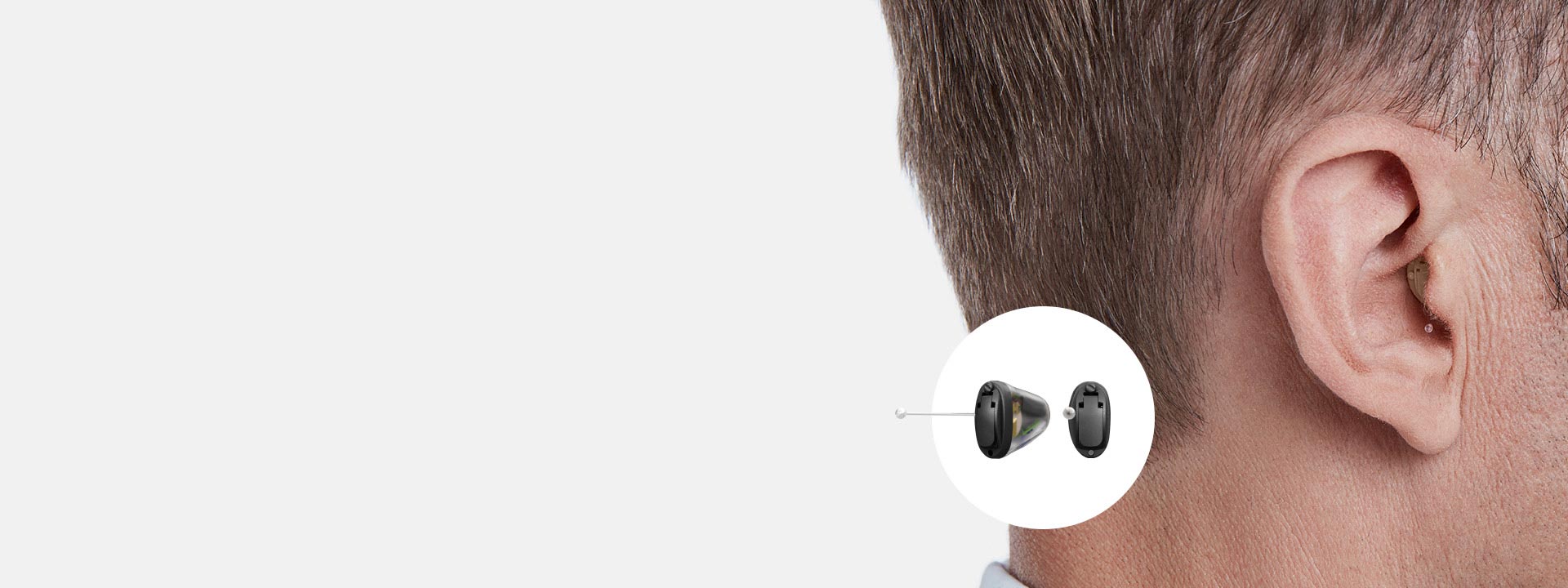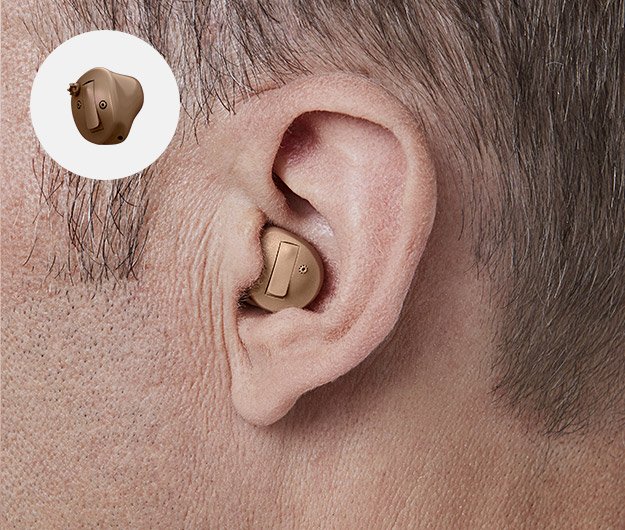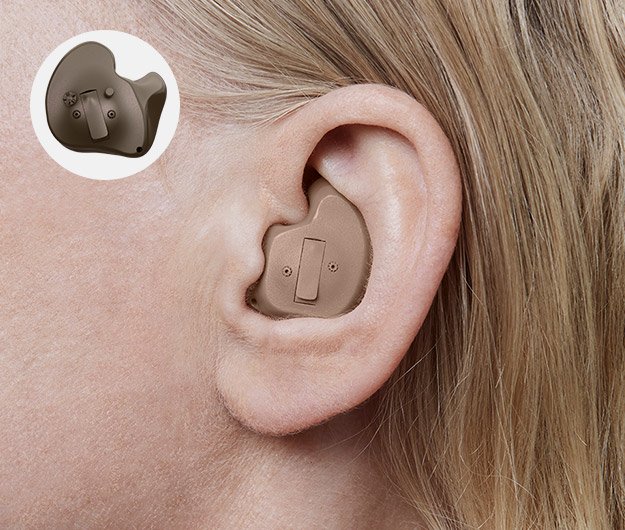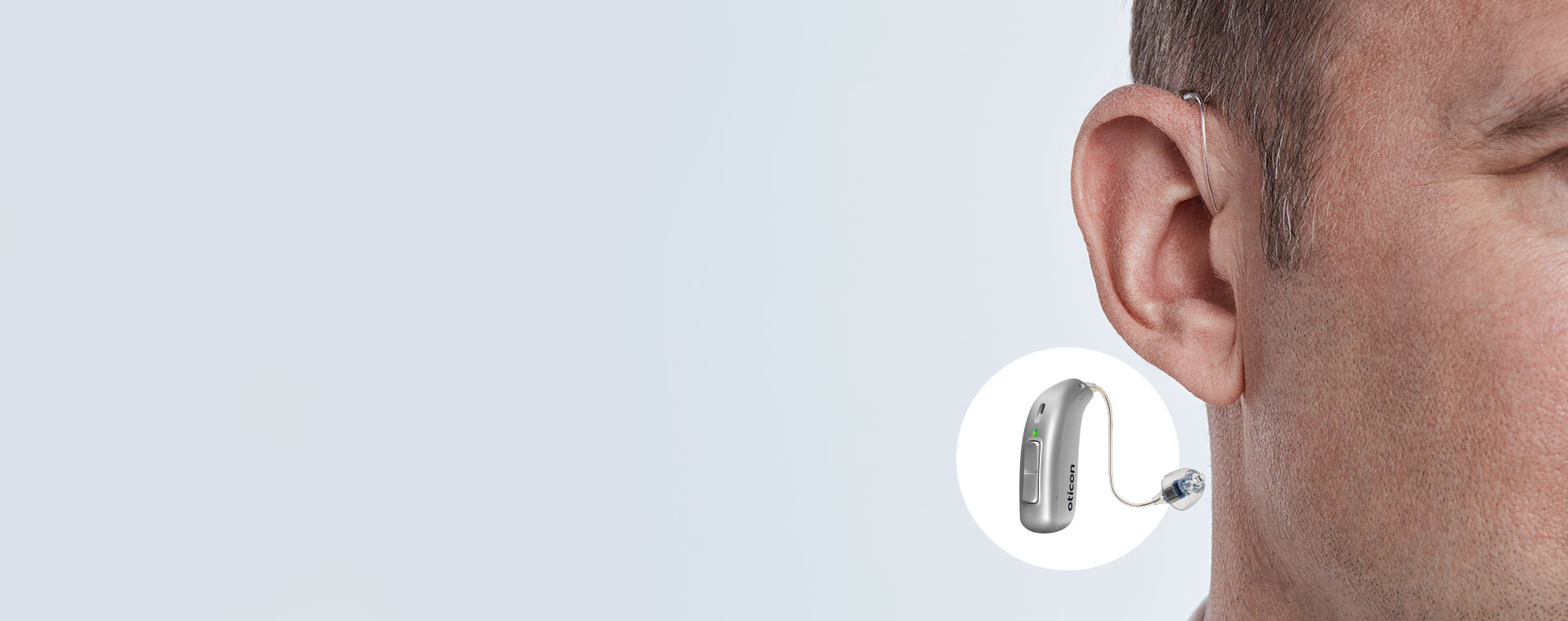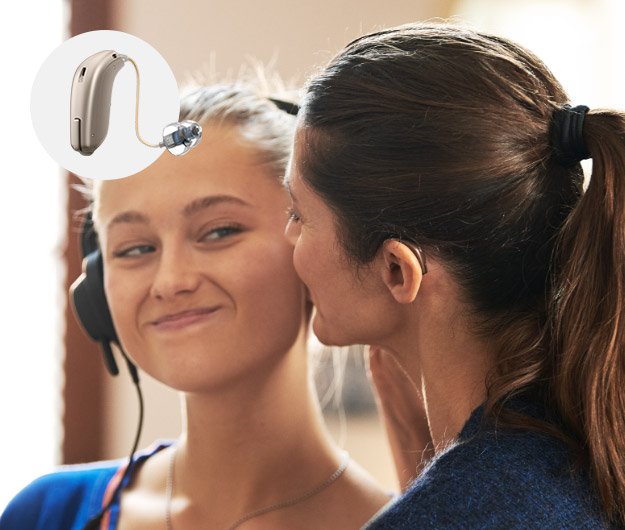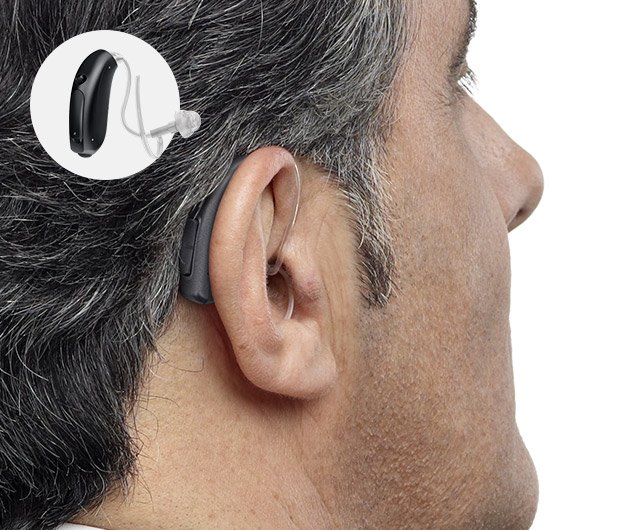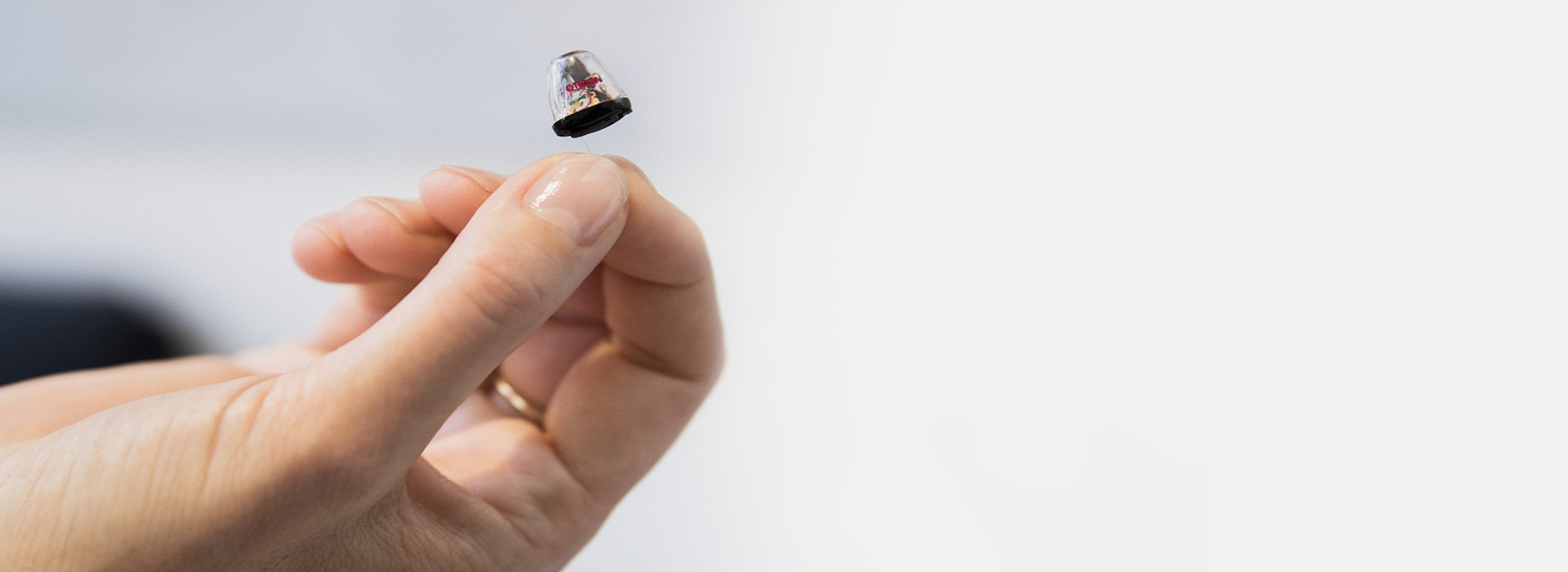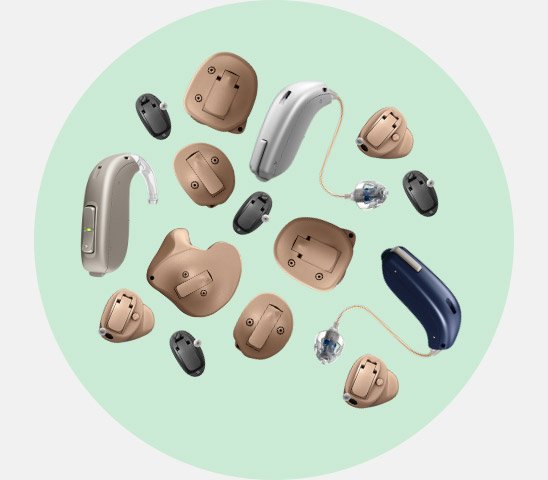Finding the right type of hearing aid

Ready to improve your hearing but you are not sure what type of hearing aid is best for you? You’ve come to the right place. On this page you will get an overview of:
- All the basic types of hearing aids
- Facts and features to consider when choosing the right type for you
We would encourage everyone who is concerned about hearing loss to take a complimentary hearing test at a Hidden Hearing clinic near you. Our comprehensive hearing test enables you to get the right advice for your level of hearing loss from our team of expert audiologists. They will be happy to show you some of the most popular hearing aid models available.


